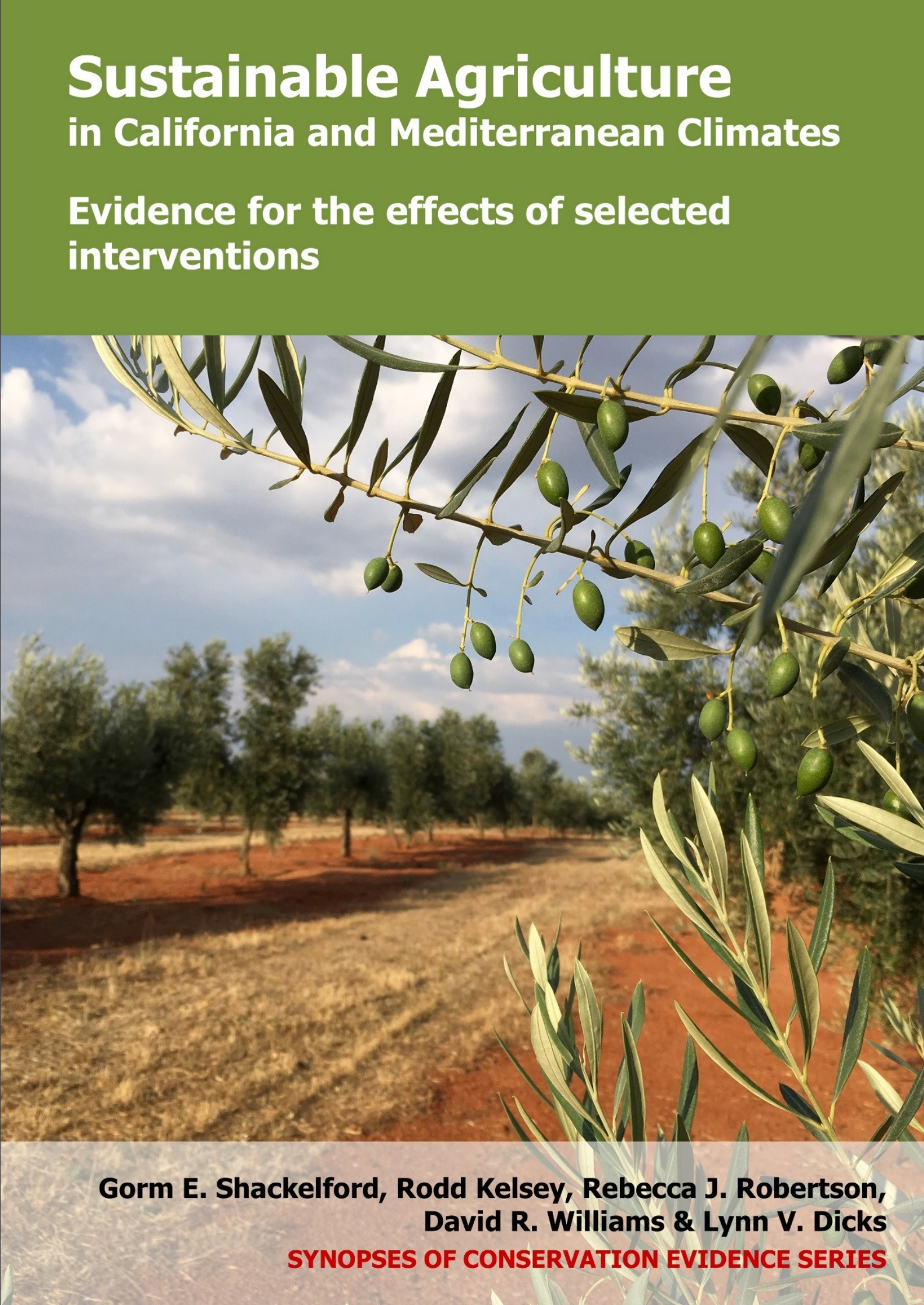Other biodiversity: Use organic fertilizer instead of inorganic
-
Overall effectiveness category Unknown effectiveness (limited evidence)
-
Number of studies: 1
View assessment score
Hide assessment score
How is the evidence assessed?
-
Effectiveness
50% -
Certainty
10% -
Harms
0%
Study locations
Supporting evidence from individual studies
A replicated, randomized, controlled study in 2007–2013 in a fallow field in Campania, Italy, found more plants and plant biomass, but similar numbers of plant species, in plots with organic fertilizer, compared to inorganic fertilizer. Plants: More plants were found in plots with compost, compared to mineral fertilizer, in one of two years (2013: 1,023 vs 655 individuals/m2). More plant biomass was found in plots with compost, compared to mineral fertilizer, in both years (2012: 401 vs 126; 2013: 301 vs 162 g dry weight/m2). Similar numbers of plant species were found in plots with compost or mineral fertilizer (12–18 species). Methods: Compost was added to four plots (2007–2009: 30; 2010–2013: 15 Mg/ha dry weight). Mineral fertilizer was added to four other plots (NPK fertilizer, twice/year, 50 kg/ha). The plots were 10 x 5 m. The compost was made from municipal solid waste and urban yard trimmings. The compost was added, and plots were tilled, in April each year (20 cm depth). Horticultural crops were grown in 2007–2011. In March 2012 and 2013, all plants (spontaneous growth) were collected from 1 x 1 m quadrats in each plot.
Study and other actions tested
Where has this evidence come from?
List of journals searched by synopsis
All the journals searched for all synopses
This Action forms part of the Action Synopsis:
Mediterranean Farmland
Mediterranean Farmland - Published 2017
Mediterranean Farmland synopsis





)_2023.JPG)














